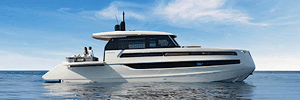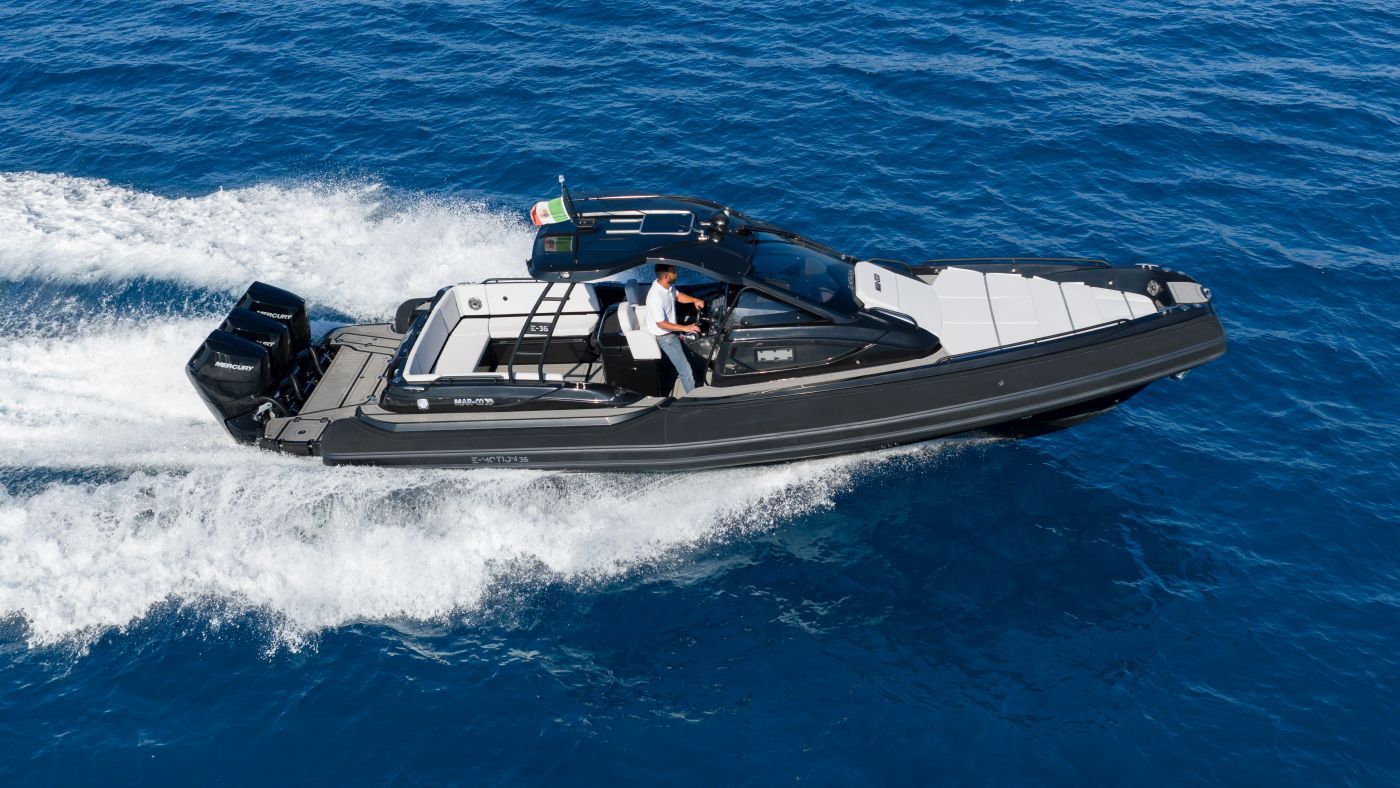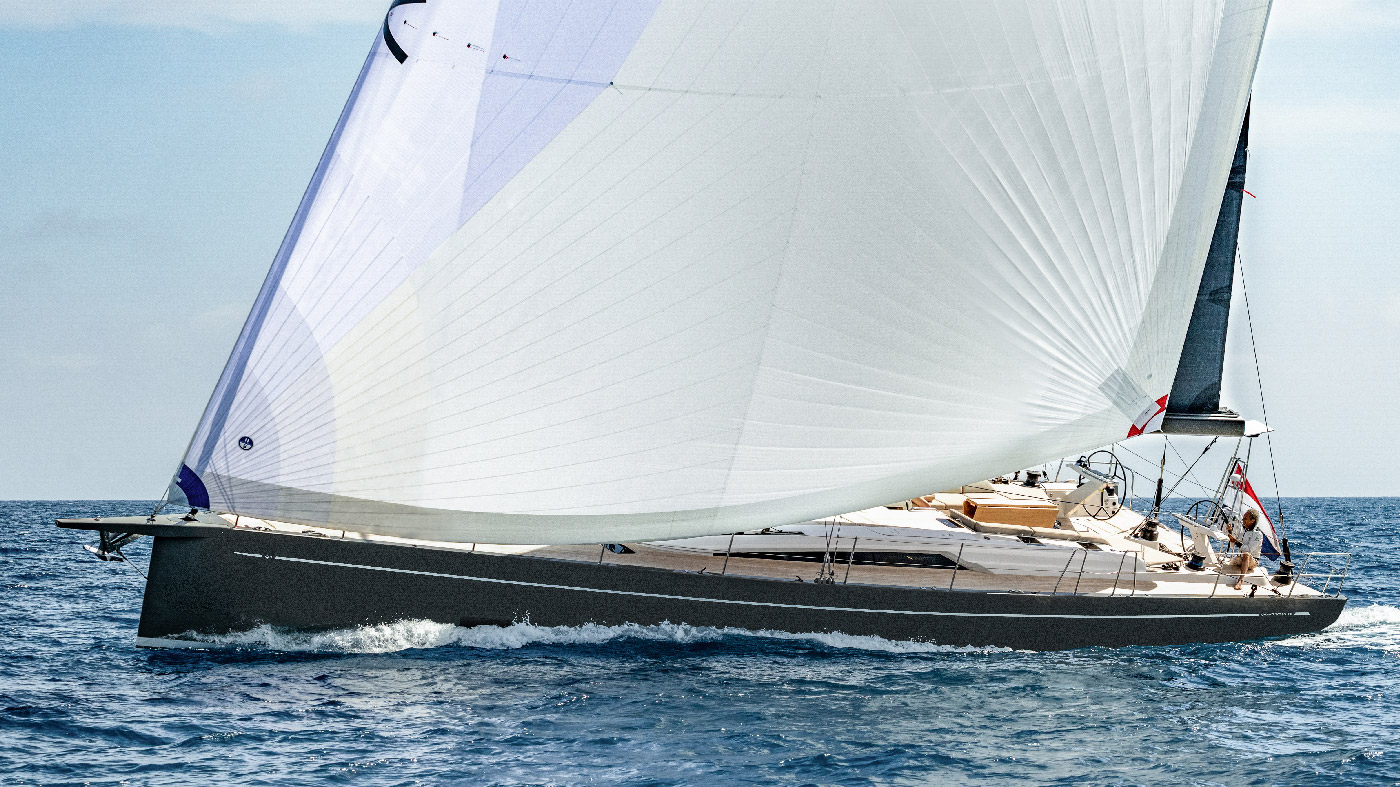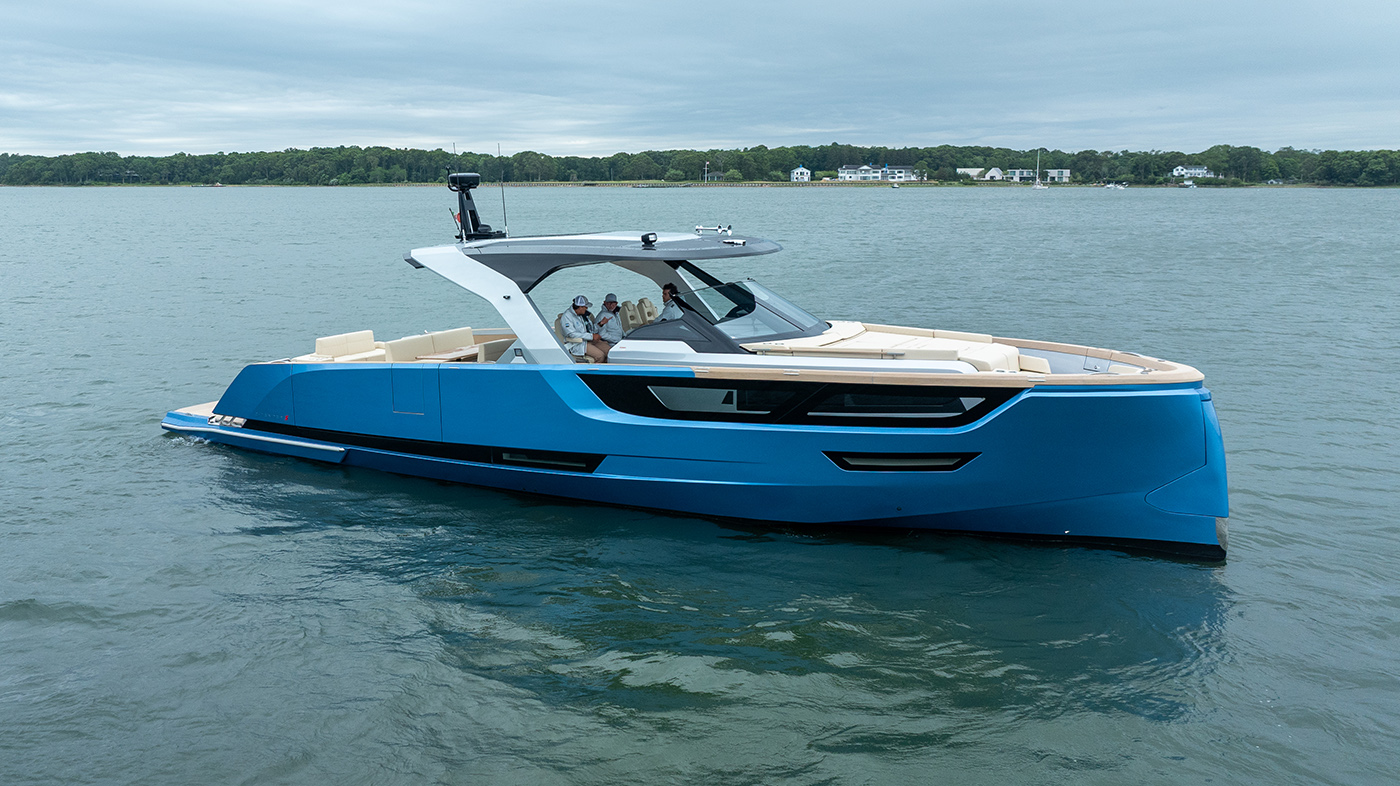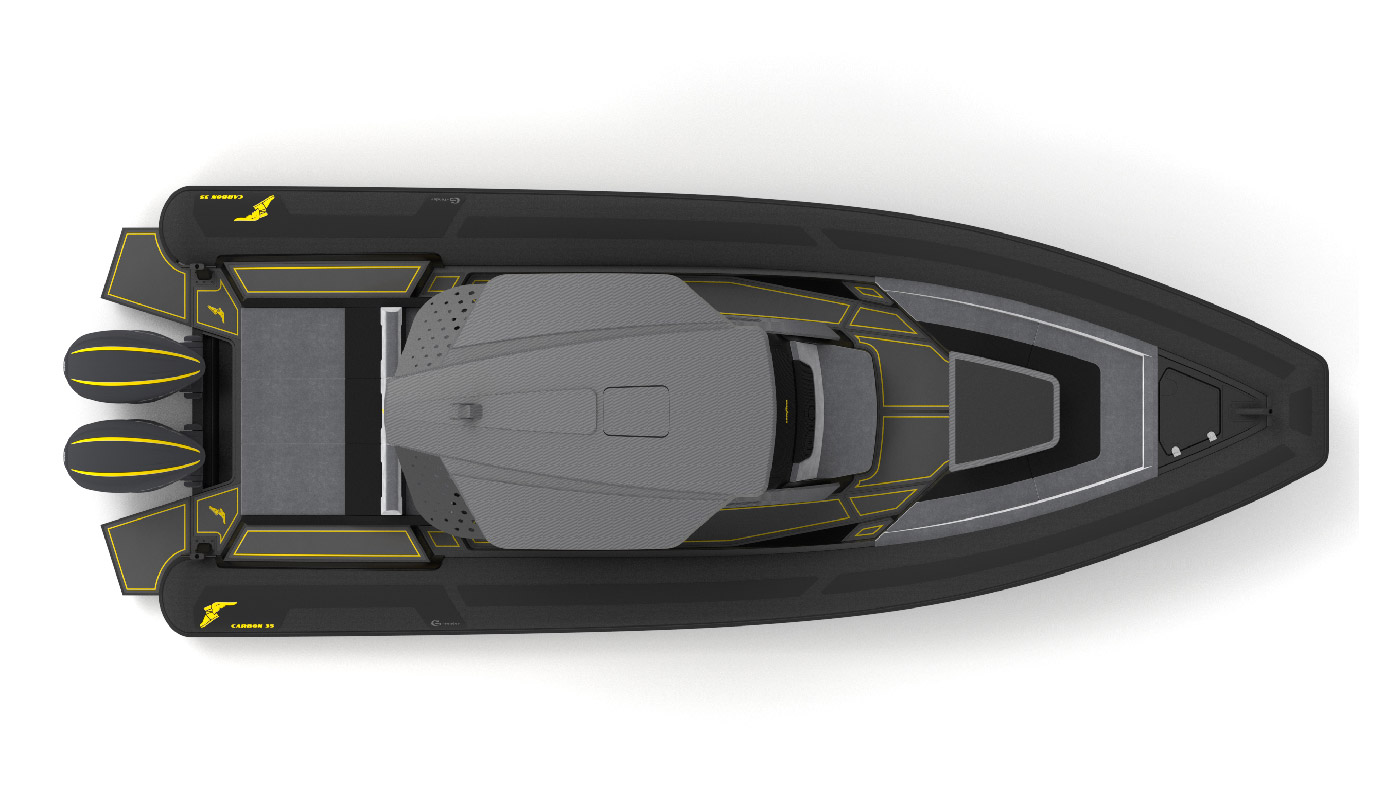Leggi l’articolo in italiano
Glass deckhouses, bigger and bigger windows. Natural light is one of the things shipowners require the most. And if the shipowner is that one of a superyacht, the request… must be respected.
In the last 20 years, the use of glass in boating has taken giant steps. At the beginning of 90’s a great amazement was caused by Eco (now Enigma), a 73-metre-yacht built by Blohm & Voss, where the use of convex transparent glass was a real news. But even some sailing boats, like Ghost ( a 37-metre-boat built by Vitters in 2005 and designed by Luca Brenta and Lorenzo Argento) marked time with their glass deckhouses.
Glass is the new tendency on modern superyachts and it will maybe a common feature on future “normal” boats.
A tendency which goes at the same speed than research and development.
In the last few years, shipbuilders have stepped forward and the applications of such a versatile material are countless.
Philippe Briand, one of the most prolific yacht designers of our time, has been following this development for years and with great attention. ” I spend a lot of my time with glass producers – explains Briand – it’s important to understand the features glass must have on a yacht. And this continuous contact allows me to be always up-to-date.
Briand has no doubt: future yachts will have more and more “glass” because it will be difficult to renounce to the aesthetic flexibility and space age shapes of this material.

Glass allows to bring “inside” the beauty of outside, by adding a new dimension.
Briand’s shipowners are very determined: they want brighter yachts, where inside and outside are closely linked.
So, the use of glass is inevitable.
But which kinds of glass can guarantee a safe use on boats? They are made up of two or more chemically tempered glass layers. This kind of glass has been certified by both Register and Lloyd ABS and accepted by the main classification societies.
Considering that large surfaces can be made of glass, Philippe Briand and his team are exploring the use of glass with multifunction sensors for an early diagnosis of eventual damages. Some embedded sensors constantly measure the material layer and all information is sent to the management and alarm systems.
There is also another technology which will be probably very successful in the future boats: by pushing a button, transparent glass becomes opaque in order to give an extreme versatility to spaces which can become more or less “private”.
In the gallery below, a series of Philippe Briand’s renderings and projects.




















